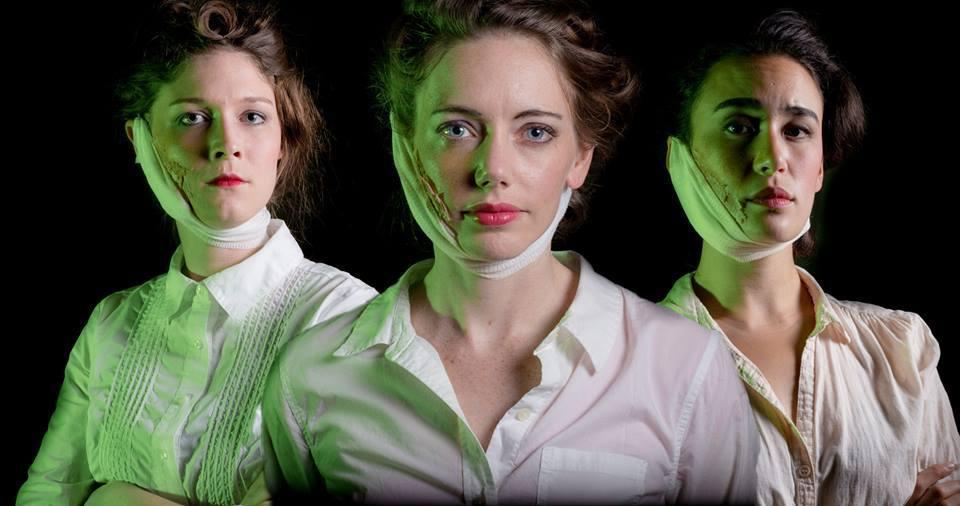
To start with, it was difficult to find an attorney willing to take on such a case. Despite the changes in both the legal field and in the culture itself, many of the issues that the Radium Girls faced continue to pop up in other occupational health cases and contribute to the challenges litigants face when trying to receive fair compensation for occupational diseases. These young women faced many obstacles, and many litigants today are facing the same hurdles. The case of the Radium Girls is one of the earliest documented efforts to receive compensation for an occupational disease. Between 19 twenty-two dial painters are known to have died from radiation poisoning. Her death certificate said she died of syphilis, later her cause of death would be identified as radiation poisoning. It started as an aching tooth, progressed to pains in her limbs so severe she was unable to walk, and, less than a year after her ailments began, the disease took her life. In September of 1922, just shy of her 25th birthday, Mollie Maggia became the first dial painter to die. Their teeth would loosen and fall out and their jaws, legs, and ankles would develop permanent aches or even crumble. The pay was good and the work was easy, but then some of the women started having strange pains in their mouths and bones. The brush would then be repointed in the mouth and dipped into the paint or even repointed in such manner after being dipped into the paint itself, in a continuous process. This water remained in the crucible without change for a day or perhaps two days. The brush was then dipped into the paint, the figures painted upon the dial until more paint was required or until the paint on the brush dried and hardened, when the brush was dipped into a small crucible of water. In order to obtain the fine lines which the work required, a girl would place the bristles in her mouth, and by the action of her tongue and lips bring the bristles to a fine point. In fact, they were instructed to use a technique called lip-pointing when painting the watch faces: These women were under the impression that radium was perfectly safe for them to be handling in this way. Some would even paint radium on their teeth for a smile that would sparkle. The women made the most of this perk by wearing their best dresses to work so they would shine when they went out at night. By the time the dial painters finished their shifts their clothing would be covered with radium dust and the ladies would glow in dark. Radium’s luminosity was part of its appeal. The job paid well, provided financial and personal freedom, was pleasant and sociable, and came with a bonus perk: access to radium. Being a dial-painter was a desirable job among these young women.

The United States Radium Corporation (USRC) and the Radiant Dial company employed hundreds of women in factories in New Jersey, Illinois, and Connecticut. Workers needed to coat the dials with radium paint, and the best and most efficient workers were women and girls, some as young as 14 or 15 years old. Radium appeared to have an infinite number of uses, including making the numbers on clocks and watches easier to see. Radium was widely heralded as a wondrous new substance after it was first discovered by Marie Curie. Sparkling, glowing, and beautiful, radium was also, according to the companies that employed these young women, completely harmless. One of the most sought-after jobs for young girls and women in America involved something exciting and brand new: radium. With war declared, working-class women all over the country entered the workforce. It is important to know the story of thes courageous young women who fought from their deathbeds to seek justice for workers everywhere. Unfortunately, these laws would only help workers moving forward. These glowing young women brought about the first case in which an employer was held responsible for the health of its employees. The Radium Girls of the 1920s changed the course of occupational disease labor law. These events included the United States entering World War I and an exploding demand for luminous watch faces. In 1917, a combination of events occurred that would lead to the establishment of life-saving regulations, and ultimately, to the creation of the Occupational Safety and Health Administration.

However, throughout American history, women have fought on the front lines of labor reform movements by fighting for better wages, equal rights, and safer working conditions. Once upon a time, there was no expectation that employers needed to care about the well-being of their workers.


 0 kommentar(er)
0 kommentar(er)
